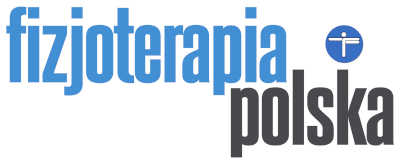Comparative analysis physiotherapy in children with atypical autism
Natalia Habik, Paweł Wieczorkowski, Zbigniew Śliwiński
N. Habik, P. Wieczorkowski, Z. Śliwiński – Comparative analysis physiotherapy in children with atypical autism. FP 2016;16(4);72-81
Abstract
Introduction. The autism is an all-embracing development disorder that affects all areas of the child functioning. It causes disturbances in the interpersonal communication. It leads to difficulties in submission to social rules due to the lack of their understanding.
Material and Methods. In this research the case of two children has been described, Zazanna and Aleksander, who took part in the physiotherapeutic sessions with the physiotherapist at the National Autistic Society in Kielce, once a week for 1 hour. The research was held in the period from November 2015 to March 2016. The children were 4 years old. The PEP model with a scale 0-5 was used to evaluate the children.
Results. The children with atypical autism have disturbances in perception, communication and speech. The least difficult are for them tasks related with gross motor and visual-motor coordination. The examined boy was more promising comparing to the girl.
Conclusions. The children with diagnosed atypical autism differ in terms of psychophysical development depending on their gender. According to the psychoeducational profile PEP, the physiotherapy reduces disorders resulting from the diagnosed autism spectrum. The gender has significant influence on the fine and gross motor development in children with ASD.
Keywords:
autism, ASD, physiotherapy, psychoeducational profile
| Pobierz/Download/下載/Cкачиваете | 免費下載(僅限英文版) |

